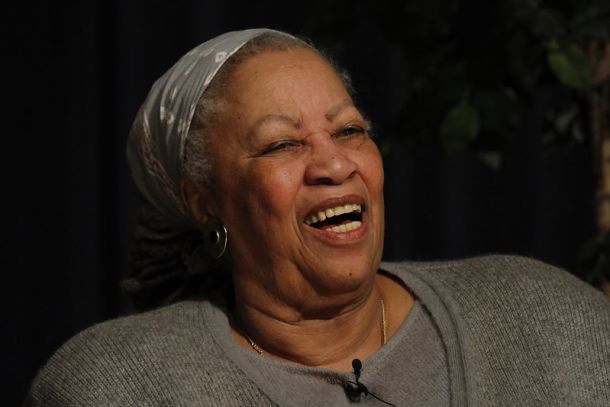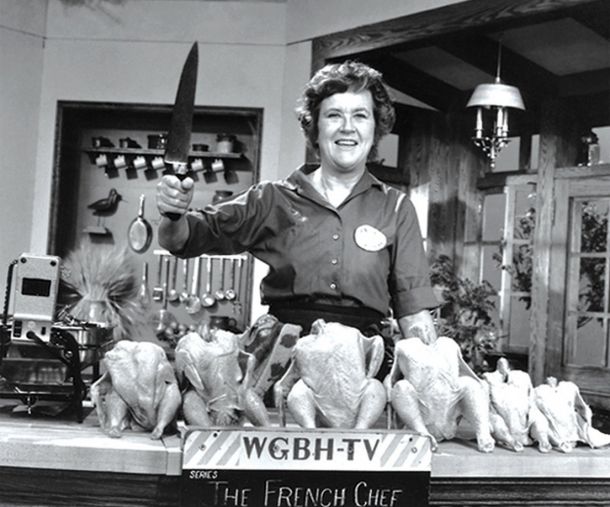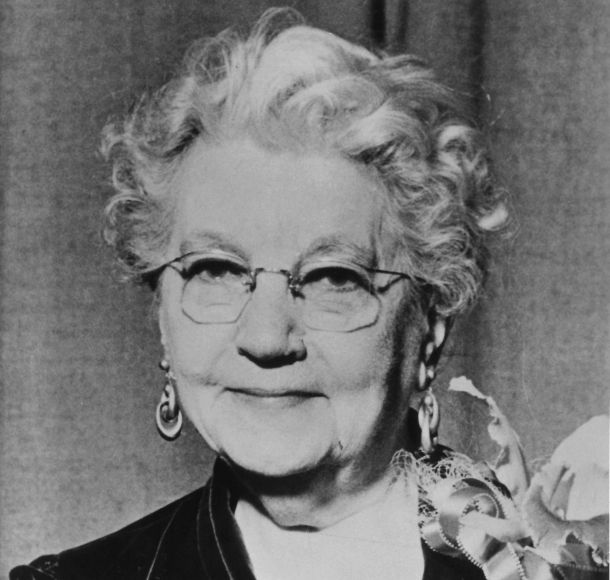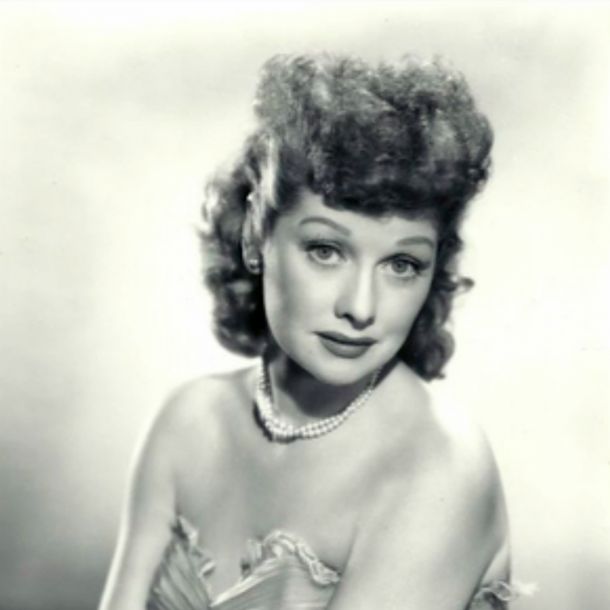Prodigies and whiz kids may get a lot of attention in our society, but equally important and inspiring are those who persevere to master their crafts and earn great success later in life. Here are four women who, through their tenacity and discipline, earned a place among America’s cultural icons well into adulthood.
Toni Morrison
Before Toni Morrison became a Nobel laureate in literature whose books made their way into classrooms and book club lists across the world, she was a single working mother whose first novel was written after-hours while her two children slept. In fact, nothing could deter Morrison from her writing. She once recounted the story of when her toddler threw up on her pages while she was in the middle of an “extremely important sentence.” She responded to this mishap by simply writing around the spew. Morrison was nearly 40 when her debut novel, “The Bluest Eye,” was published to mixed reviews — mostly as a result of its “sexually explicit content” that resulted in it being challenged and banned from some school curricula. It wasn’t until three years later with her novel, “Sula,” that Morrison said she felt like she was really finding her voice. Her subsequent novel, “Song of Solomon,” which became a national bestseller and won the National Book Critics Circle Award, helped set her off on the path of critical and commercial success. Some may call her a “late bloomer,” but with at least 11 novels to her name, including the 1987 Pulitzer Prize-winning classic, “Beloved,” it seems like she arrived just on time.
Julia Child
Julia Child has been called a cooking icon, revolutionary, and even “the Godmother of American cooking.” It might be surprising to know then, that she didn’t start learning how to cook until she was 36. Before that, she had dreams of joining the military (she was turned away for her 6-foot-2-inch height) and becoming a writer (The New Yorker declined to hire her). Child even worked for the Office of Strategic Services (a spy agency) until the end of World War II. It was during her time at OSS that Child met her husband, Paul, who would later take credit for introducing her to French cuisine. Pre-wedding, Child enrolled for a “brides-to-be” cooking class. But her first meal of brains in red wine was, simply put, “a disaster,” she later claimed in her book, “My Life in France.” Out of that unfortunate first meal, Child became more determined than ever to learn how to cook well. In 1948, the couple moved to Paris where she fell in love with “that glorious food and those marvelous chefs.” Her passion and dedication to the cuisine continued to grow, but more frustrations dogged the budding chef. She failed her first cooking exam at famed cooking school Le Cordon Bleu, and her first cookbook, “Mastering the Art of French Cooking,” which she co-wrote with Louisette Bertholle and Simone Beck, was initially rejected by Houghton Mifflin. Alfred A. Knopf eventually published the book in 1961 to immediate commercial success. At the age of 51, Child would go on to host PBS’ very first cooking show, “The French Chef,” in 1963, cementing her career as a TV personality and master chef over the next four decades.
Laura Ingalls Wilder
Laura Ingalls Wilder was the daughter of pioneers, and later turned out to be quite a pioneer herself in the young adult fiction literary genre . Wilder didn’t start writing until her 40s (mostly in small farming publications) and it would take another 20 years for Wilder to write her first novel — an autobiography titled “Pioneer Girl,” which was promptly rejected by publishers. It was her daughter, Rose Wilder Lane, already a successful writer, who urged her mother to take advantage of the burgeoning YA space and turn her stories into a collection of books for children. Though they kept their collaboration a secret, Lane coached her mother, edited her books, and even pushed for their publication with her own contacts in the literary world. Wilder was 65 when “Little House in the Big Woods” was published. It was the first of eight in the “Little House” book series, which were inspired by the prairies of Wilder’s youth – from stories of pioneering life, bumping along dusty trails in covered wagons with her family, to the trials and tribulations of settling the American frontier in Kansas, Minnesota and the Dakota territory. And trials there were. Wilder and her family survived various mishaps over the years including natural disasters, crop failures, the loss of a son, severe cases of diphtheria that left her husband Almanzo temporarily paralyzed , and a house fire that burned everything they owned. Nevertheless, she pushed through, and wrote about many of these obstacles in her books, which remain in print and beloved by millions to this day.
Lucille Ball
One word that we can certainly use to describe this iconic comedy queen, actor and TV exec is “tenacious.” Lucille Ball got a taste of the entertainment world early in life when she enrolled at New York’s prestigious John Murray Anderson School for the Dramatic Arts at just 15 years old. But her flirtation with acting school lasted only six months after teachers told she didn’t have what it takes to succeed. “Lucy’s wasting her time and ours,” a letter from the school’s administration to Ball’s mother read, “She’s too shy and reticent to put her best foot forward.” She eventually showed them otherwise. A year later, Ball returned to New York, working her way to success by first starting in the modelling industry, then moving to Broadway as a chorus girl, and eventually landing in several minor film roles. In 1951, when Ball was 40, she and husband Desi Arnaz created the “I Love Lucy” show, which catapulted her into the annals of Hollywood comedy royalty. She later went on to create a body of work that received 13 Primetime Emmy nods (she won four of them), including “The Lucy Show,” “Here’s Lucy” and “Life with Lucy.” At 51, Ball became the first woman to run a major TV studio, and continued her legacy with many more acting and lifetime achievement awards and accolades – none of which would have materialized if she’d simply given up when her drama teachers first panned her performing abilities as a teen.




